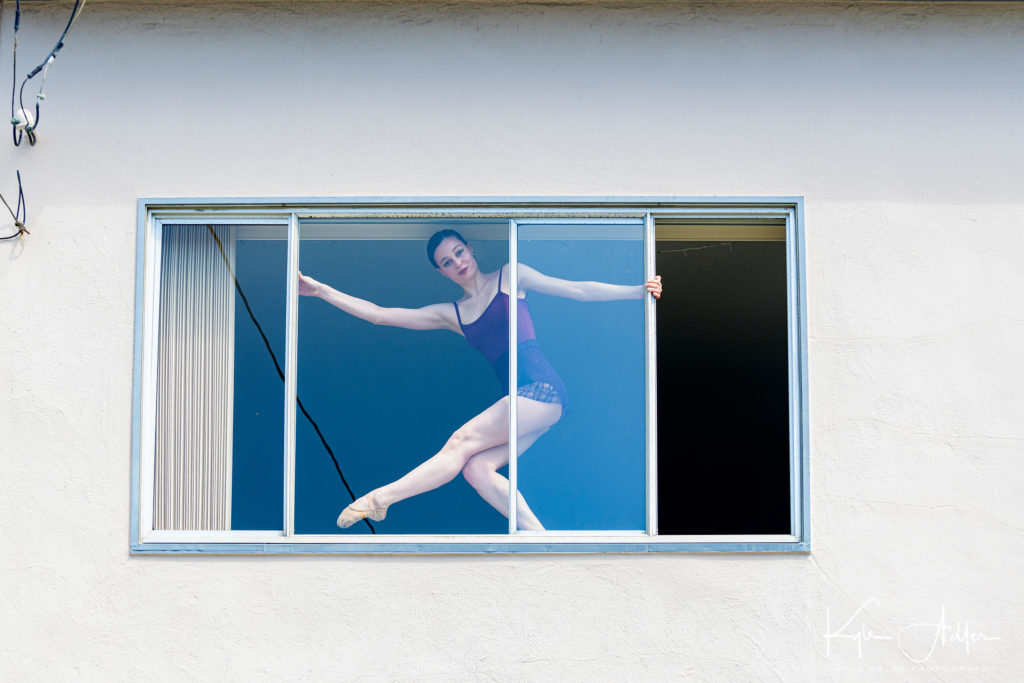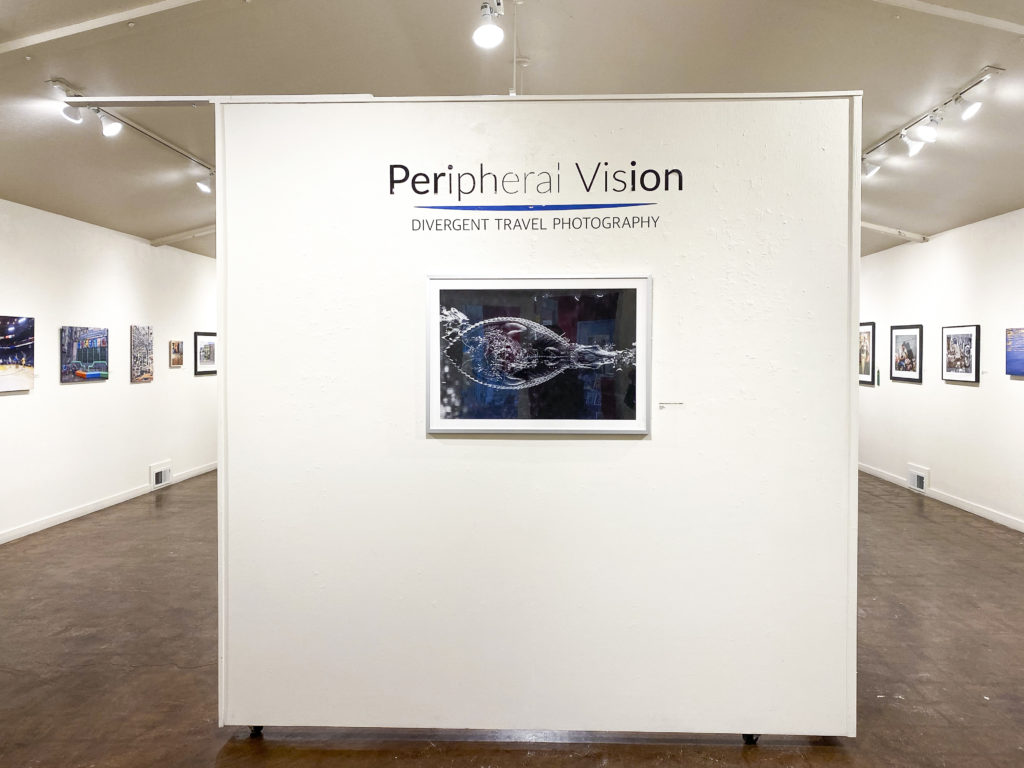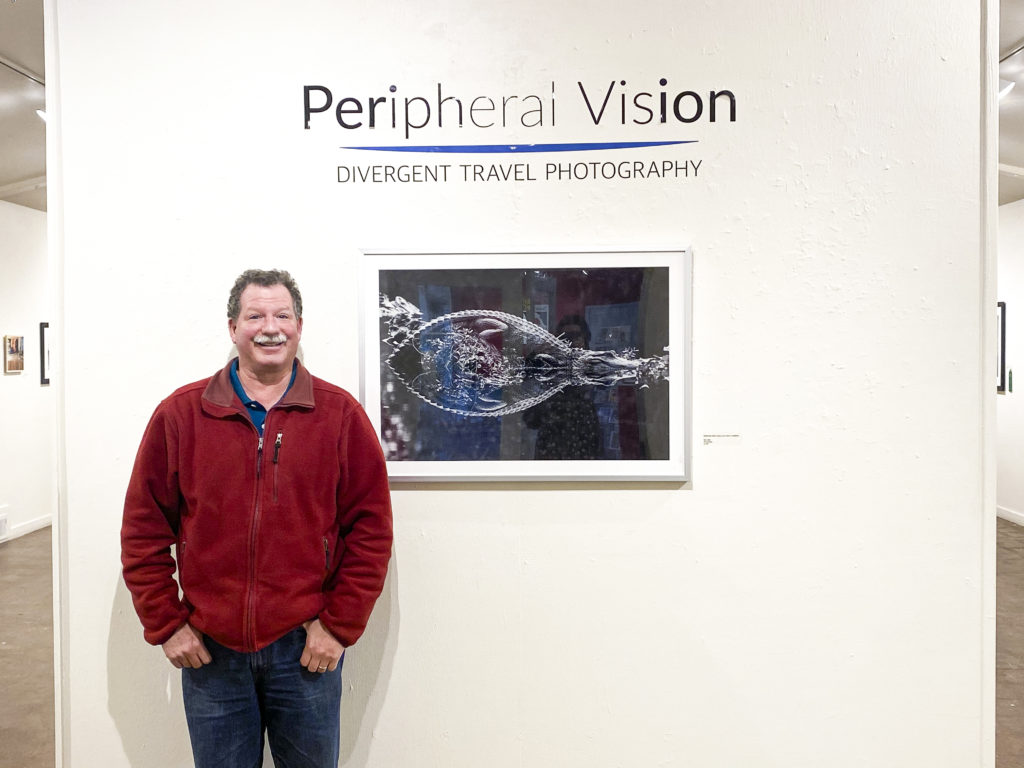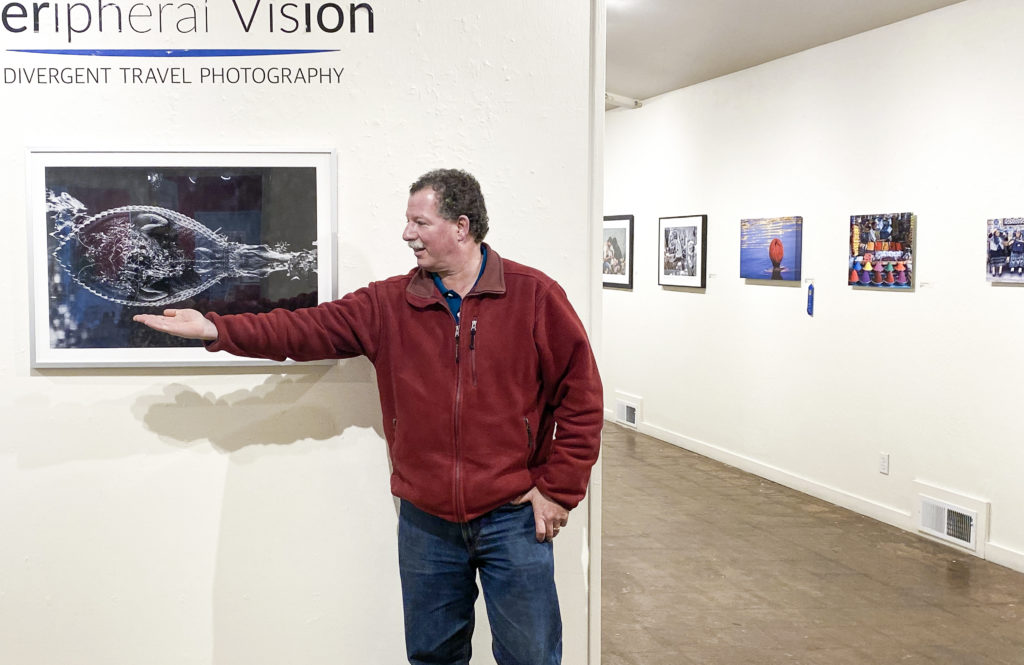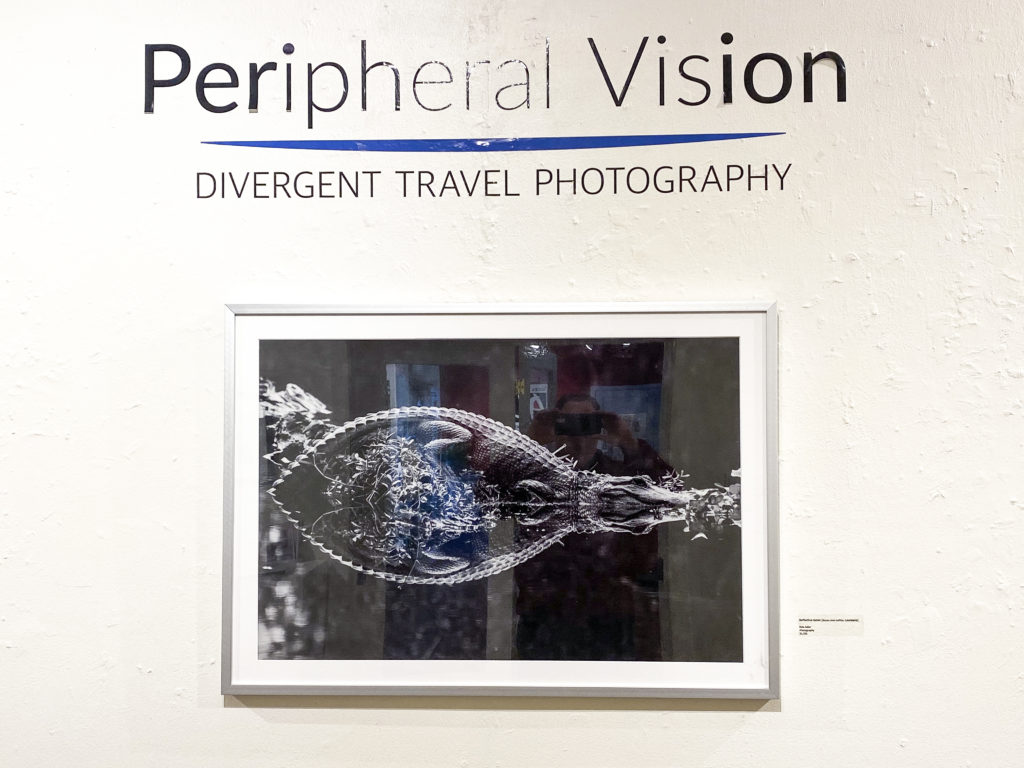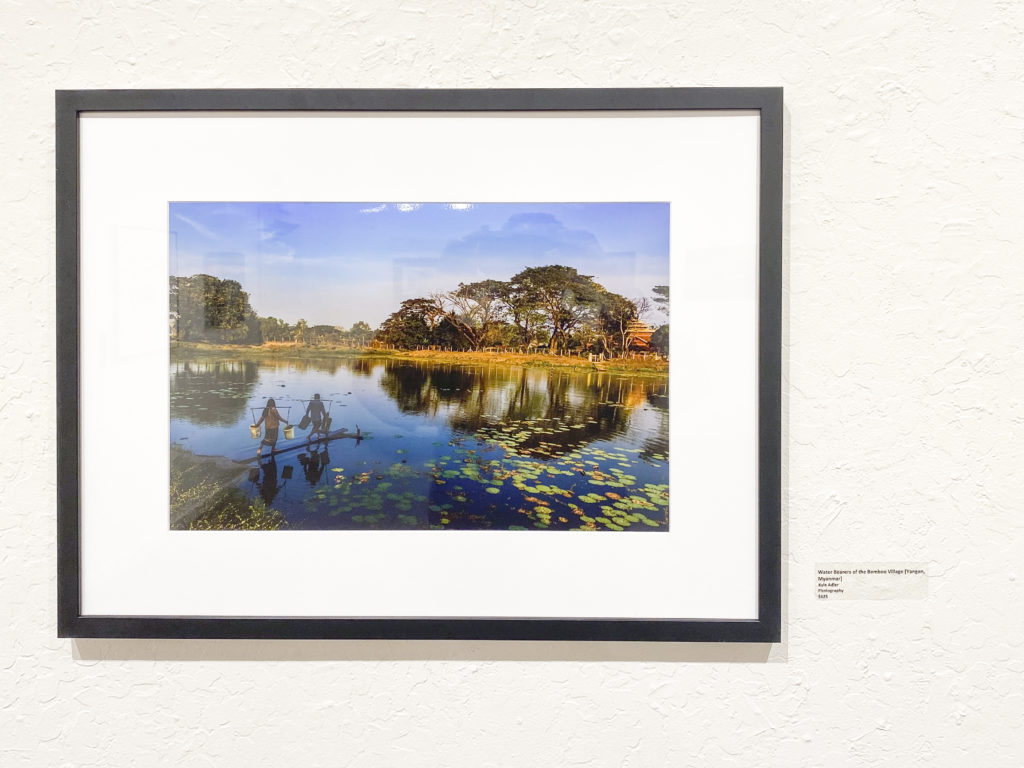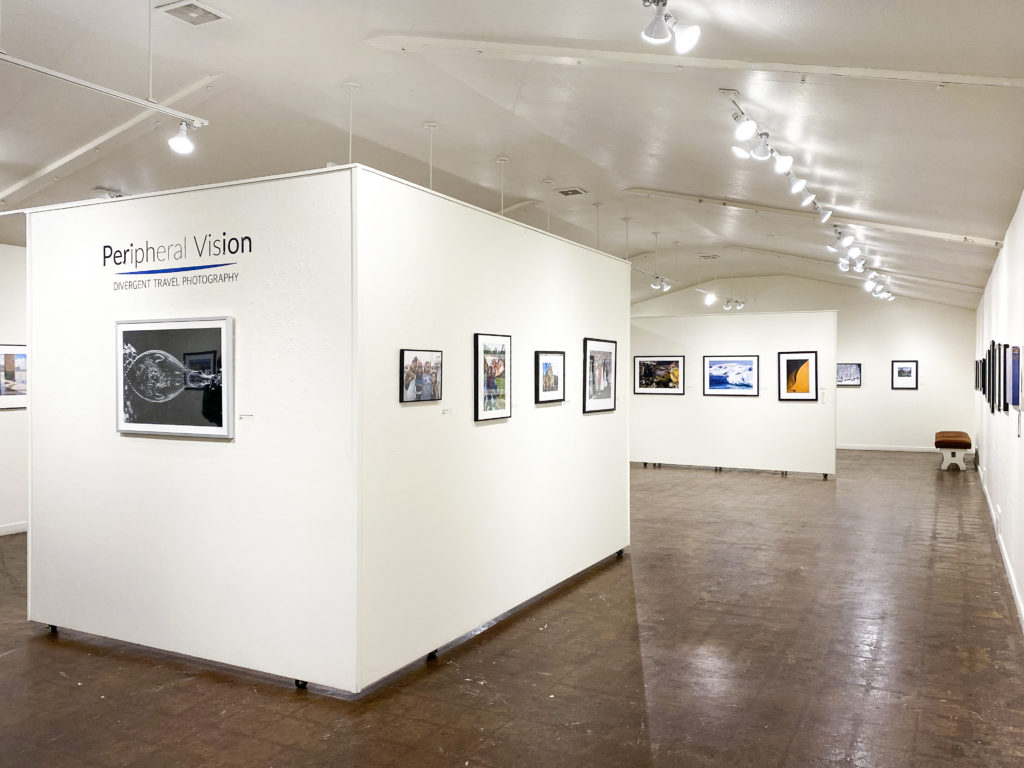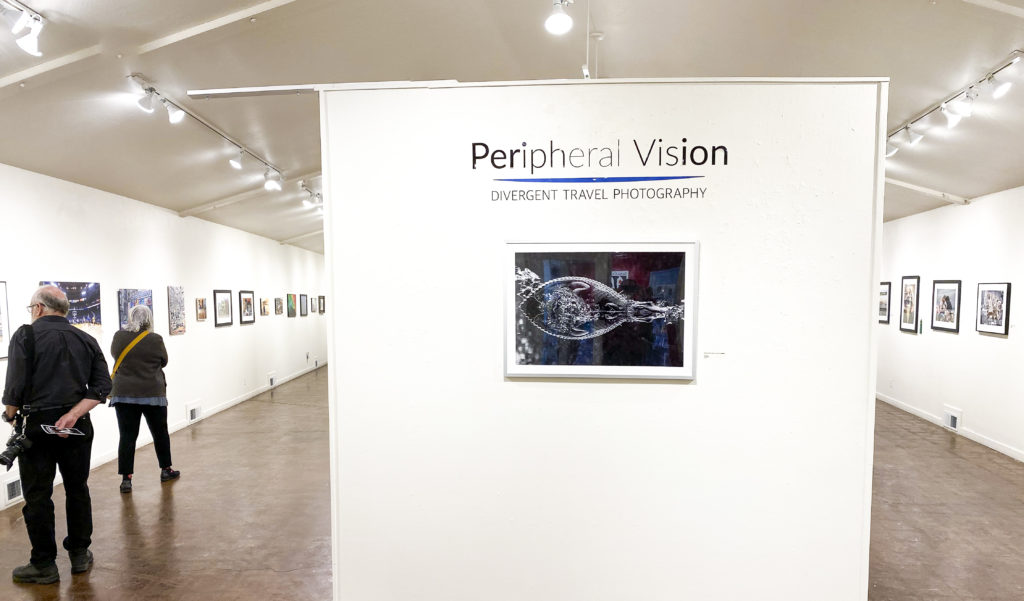On a recent independent driving trip through Northern Europe, my wife and I covered a lot of kilometers in our new Volvo, from the factory in Sweden through Denmark, Germany, the Netherlands, and Belgium. In this post, I hone in on the ABC’s of European canal cities: Amsterdam, Bruges, and Copenhagen, three of the most photogenic places you’re ever likely to visit. I share some highlights in the order we visited these cities, beginning with Copenhagen, Denmark; then on to Bruges, Belgium; and ending up in Amsterdam, the Netherlands.
 Familiar sights, such as Christiansborg Palace, seat of the Danish Parliament, can transform by night. To make this image, I set up a tripod on a bridge crossing the canal and framed the shot to capture the building along with its reflection. Buy this photo
Familiar sights, such as Christiansborg Palace, seat of the Danish Parliament, can transform by night. To make this image, I set up a tripod on a bridge crossing the canal and framed the shot to capture the building along with its reflection. Buy this photo
 Our hotel in Copenhagen was right on the harbor, or Nyhaven. This was the view from our window. Buy this photo
Our hotel in Copenhagen was right on the harbor, or Nyhaven. This was the view from our window. Buy this photo
 When photographing iconic subjects, like Copenhagen’s Little Mermaid statue, try to avoid the postcard image clichés. Here, I framed the statue from an unusual perspective and used a very wide aperture to throw the less attractive background into soft focus. While the subject is still recognizable, to my eye it’s more contemplative and serene than in conventional photos. Buy this photo
When photographing iconic subjects, like Copenhagen’s Little Mermaid statue, try to avoid the postcard image clichés. Here, I framed the statue from an unusual perspective and used a very wide aperture to throw the less attractive background into soft focus. While the subject is still recognizable, to my eye it’s more contemplative and serene than in conventional photos. Buy this photo
 Bruges is a gloriously beautiful city, and at its most lovely by night. This image was shot from a bridge over a small canal, with the camera on a tripod and a fairly wide focal length to capture the reflection in the water. I converted the image to black-and-white using Lightroom in post-processing. Buy this photo
Bruges is a gloriously beautiful city, and at its most lovely by night. This image was shot from a bridge over a small canal, with the camera on a tripod and a fairly wide focal length to capture the reflection in the water. I converted the image to black-and-white using Lightroom in post-processing. Buy this photo
 Instead of just shooting up at the famous Belfort tower in Markt square, turn the tables and shoot down on the square from the top of the tower. I love the colorful façades of the old houses on the square in this tight crop looking down. Buy this photo
Instead of just shooting up at the famous Belfort tower in Markt square, turn the tables and shoot down on the square from the top of the tower. I love the colorful façades of the old houses on the square in this tight crop looking down. Buy this photo
 I’ve said it before, and I’ll say it again: Don’t forget to capture some shots of yourself wherever you travel. It’s easy to get lost in the splendor of a city like Bruges, and to return home with hundreds or thousands of images of lovely medieval buildings, but you want to have a few that include your traveling companions. Ask another competent photographer to compose the shot for you (after setting up your camera exactly the way you want), or set up the camera on a tripod and shoot with a remote release or self-timer. Buy this photo
I’ve said it before, and I’ll say it again: Don’t forget to capture some shots of yourself wherever you travel. It’s easy to get lost in the splendor of a city like Bruges, and to return home with hundreds or thousands of images of lovely medieval buildings, but you want to have a few that include your traveling companions. Ask another competent photographer to compose the shot for you (after setting up your camera exactly the way you want), or set up the camera on a tripod and shoot with a remote release or self-timer. Buy this photo
 Amsterdam is another canal city filled with gorgeous subjects for photography. And like Bruges and Copenhagen, Amsterdam is at its most lovely by night. I captured this impressionistic night scene of Amsterdam’s Westerkerk (West Church) reflected in the waters of the Prinsengracht Canal. Buy this photo
Amsterdam is another canal city filled with gorgeous subjects for photography. And like Bruges and Copenhagen, Amsterdam is at its most lovely by night. I captured this impressionistic night scene of Amsterdam’s Westerkerk (West Church) reflected in the waters of the Prinsengracht Canal. Buy this photo
 Museum art makes a great photographic subject. Just be sure to understand the museum’s policy on photography and never use flash. I love Jan Steen’s painting, “The Merry Family”, because it reminds me of dinnertime in my household. In Holland, unruly families are still referred to as “Steen families.” I consider it a compliment. Buy this photo
Museum art makes a great photographic subject. Just be sure to understand the museum’s policy on photography and never use flash. I love Jan Steen’s painting, “The Merry Family”, because it reminds me of dinnertime in my household. In Holland, unruly families are still referred to as “Steen families.” I consider it a compliment. Buy this photo
 Amsterdam’s most visited sight remains the so-called “Red Light District,” which actually features some of the city’s most beautiful old canal houses. The working women in this area do not take kindly to being photographed through the windows, so don’t try this unless you want your camera to end up at the bottom of the canal. Instead, set up a tripod on a bridge and shoot the bustling crowds as they wander the stately old neighborhood. Buy this photo
Amsterdam’s most visited sight remains the so-called “Red Light District,” which actually features some of the city’s most beautiful old canal houses. The working women in this area do not take kindly to being photographed through the windows, so don’t try this unless you want your camera to end up at the bottom of the canal. Instead, set up a tripod on a bridge and shoot the bustling crowds as they wander the stately old neighborhood. Buy this photo
These three atmospheric old cities, with their beautiful canals, lovely architecture, and iconic sights, offer remarkable photographic opportunities. Visit, get lost along the ancient waterways, and keep on shooting!
Have you visited Amsterdam, Bruges, Copenhagen, or any of Europe’s other great canal cities such as Venice? What were your favorite experiences and images from the trip? Please share your thoughts in the comment box.
Want to read about more travel photography destinations? Find all of the destination posts here: http://www.to-travel-hopefully.com/category/destinations/.
